Fed cuts interest rates, signals it may not need to do more
US President Donald Trump says Powell 'let us down'
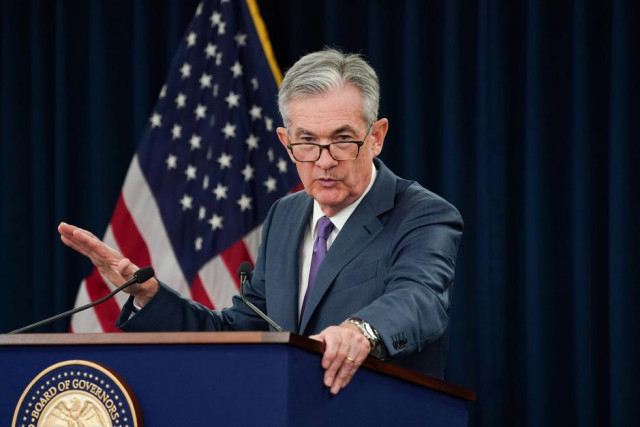
Global slowdown, simmering US trade tensions behind decision to lower borrowing costs. PHOTO: REUTERS
Fed Chairman Jerome Powell cited signs of a global slowdown, simmering US trade tensions and a desire to boost too-low inflation in explaining the central bank's decision to lower borrowing costs for the first time since 2008 and move up plans to stop winnowing its massive bond holdings.
"Let me be clear - it's not the beginning of a long series of rate cuts," Powell said in a news conference after the Fed released its latest policy statement. At the same time, he said, "I didn't say it's just one rate cut."
Financial markets had widely expected the Fed to reduce its key overnight lending rate by a quarter of a percentage point to a target range of 2.00% to 2.25%, but many traders expected clearer confirmation of forthcoming rate cuts.
US President Donald Trump, who has repeatedly attacked the Fed's policy stance under Powell and demanded that it push through big rate cuts, said on Twitter the Fed chief "let us down" by not telegraphing that an aggressive easing was coming.
US stock prices fell during Powell's news conference. The benchmark S&P 500 index closed down 1.1% for the day. Yields on 2-year notes, a proxy for Fed policy rates, rose to 1.87%.
Ken Polcari, Managing Principal at Butcher Joseph Asset Management, said Powell's message was "not what the market was expecting to hear" even though most traders expected a rate cut. "He is not shutting the door, but he is also not saying there is another one coming in September, so hold on," Polcari said.
Heading into Wednesday's Fed decision, the S&P 500 was up about 3% since June 19, when the Fed first signalled a rate cut was likely as it pledged then to "act as appropriate to sustain" the record-long US expansion.
In a statement at the end of a two-day policy meeting, the Fed said it decided to cut rates "in light of the implications of global developments for the economic outlook as well as muted inflation pressures." It said it will "continue to monitor" how incoming information affects the economy and that it will "act as appropriate to sustain" the expansion.
The US dollar index gained ground to touch its highest in more than two years. The index, which measures the greenback against a basket of currencies, was up about 0.5% on the day.
Two 'no' votes
The Fed's policy decision drew dissents from Boston Fed President Eric Rosengren and Kansas City Fed President Esther George who argued for leaving rates unchanged.
"This is the most dissent we've had in the current Fed; we had two hawkish dissenters on this decision," said Eric Donovan, Managing Director of over-the-counter foreign exchange and interest rates at INTL FCStone.
Rosengren and George have raised doubts about a rate cut in the face of the current expansion, an unemployment rate that is near a 50-year-low, and robust household spending.
On the opposite flank was Trump.
"What the market wanted to hear from Jay Powell and the Federal Reserve was that this was the beginning of a lengthy and aggressive rate-cutting cycle which would keep pace with China, The European Union and other countries around the world," Trump said after the Fed decision. "As usual, Powell let us down."

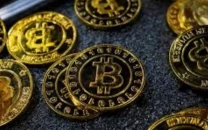



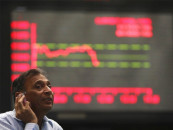

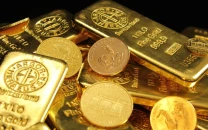

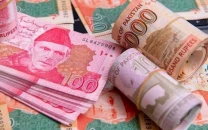
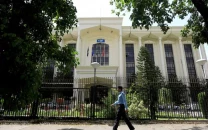
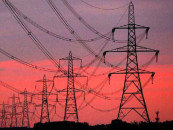
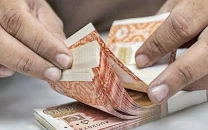

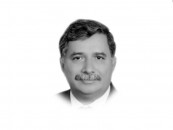
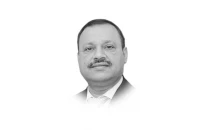


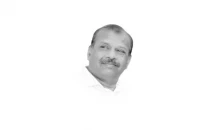
COMMENTS
Comments are moderated and generally will be posted if they are on-topic and not abusive.
For more information, please see our Comments FAQ